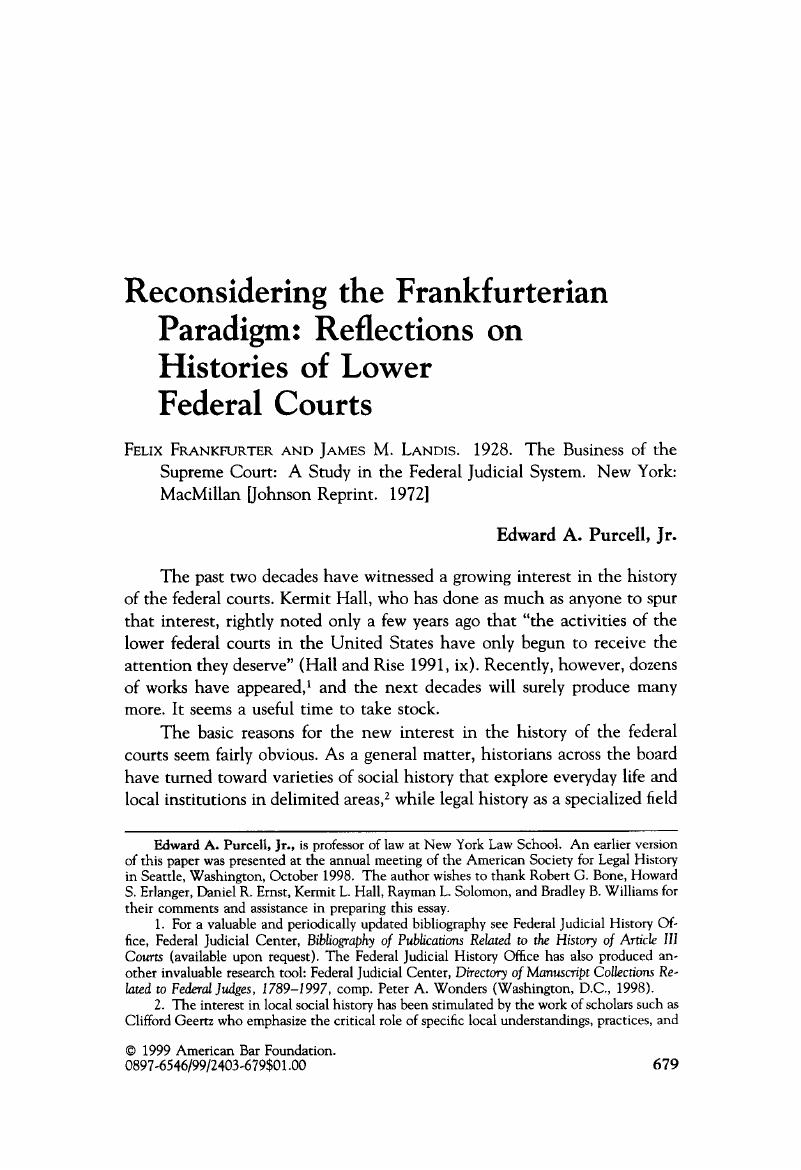Crossref Citations
This article has been cited by the following publications. This list is generated based on data provided by Crossref.
Ernst, Daniel R.
2001.
Thinking Like a Historian: Erie in the Dimension of Time.
Law & Social Inquiry,
Vol. 26,
Issue. 03,
p.
719.



